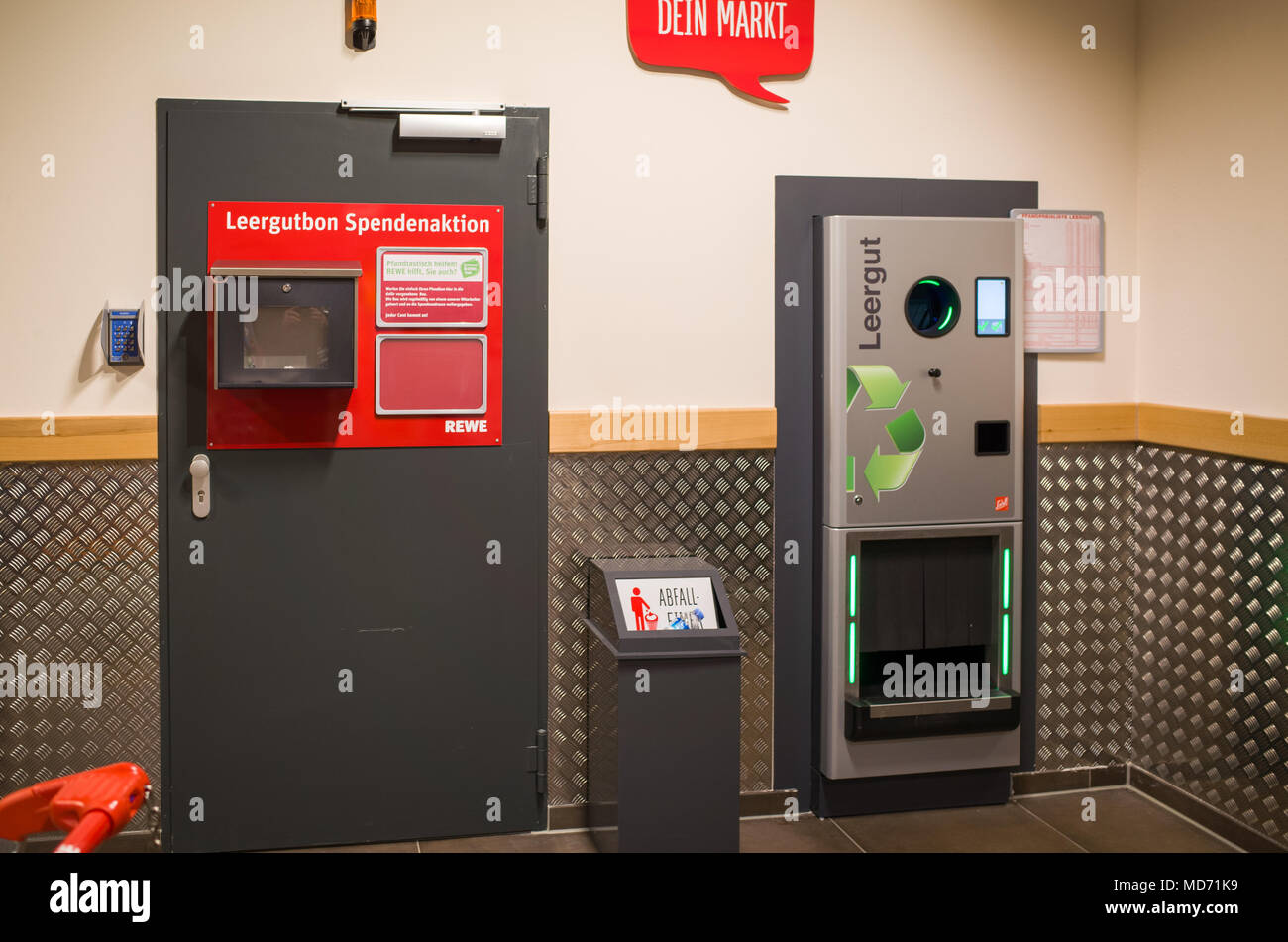Recycling helps to save natural resources like water, coal, oil, timber and reduces greenhouse gas emissions. It also prevents waste from ending up in landfills and oceans.
Recycling machines are what make it all possible. They take a mountain of trash and garbage and transform it into something useful.
Shredders and Chippers
While at a glance these machines may appear similar, there are some subtle differences between the two that can impact their specific uses as recycling machines. Wood chippers look like a large weed whacker and have a hopper where branches and twigs are fed, while a shredder has slightly blunt blades that break down or reduce organic materials into small chunks.
When shopping for these types of machines, the type of power used and a reduction ratio are key factors to consider. For example, if you are looking for a machine to help declutter your garden, you might choose an electric model. This way, you won’t have to deal with gasoline or fumes, but you will need a long outdoor extension cord. Alternatively, you can opt for a trailed gas-powered machine like the Eliet Mega Prof or TS Industrie ‘Green Series’.
Crushers
When recycling, it’s important that materials are cut into smaller pieces to allow for easier processing. This is done by machines such as shredders, pulverizers, granulators, and crushers.
The most common type of recycling machine is the crusher. This machine uses mechanical pressure to crush waste materials into smaller particles and is used in mining operations, rock quarrying, and construction material recycling.
There are several types of crushers, including jaw crushers, double roll crushers, triple roller crushers and granulators. Each type of crushing machine has a different function and uses its own set of tools to accomplish its task. It is important to use the right machine for each job so that the process runs smoothly. Using recycling machinery can also lower costs and reduce the amount of waste that is sent to landfills.
Pulpers
Like an oversized garbage disposal, these machines grind solid waste such as food and disposable utensils, but also paper, plastic and light aluminum cans. This reduces trash volume in your kitchen by up to 85 percent and makes a significant difference on your utility bills.
Pulpers can even help you meet Green initiatives. By limiting the types of items that go in to the unit, including ensuring only truly compostable disposables are used (not all that claim to be) and using a collection arm, you can achieve compliance with your administration’s directives.
Pulpers are not without a few challenges, such as unwanted tangles of metal wires and wood parts (known as pulper ropes or rejects). However, the equipment saves so much on utility bills and landfill space, it’s worth the extra effort required to manage them.
Centrifuge Separator
Centrifuge separators help you clean used engine oil (WVO) with a simple, cost-effective process. These industrial waste oil centrifuges feature a disc stack design and a continuous flow-through, which generates high g-force to separate microscopic solid particles from the contaminated oil.
These machines come with a feed pipe, rotor, and drive mechanism to power the rotor and keep it spinning. The rotor is located in a composite or metal bowl, which features a separation chamber where the actual centrifugation takes place.
The drive component powers the rotor at extremely high speeds, and a scraper removes the materials that are left behind in the bowl or separation chamber. Some systems may also include a control panel to monitor and control the operation of the machine.
Conical Press
Designed for plastic recycling, the system uses a conical press to compress and sort the scrap into usable products. The process reduces the amount of moisture in the material and can help reduce the costs associated with disposal of wet materials, according to a Lindner press release.
The machine can be remotely controlled by computer to vary the redemption values vended to the consumer in cash, coupons, premium items and sweepstakes entries. It is capable of discriminating between bi-metal and aluminum beverage containers, determining whether they should be crushed or not and paying appropriate values accordingly.
In addition to these features, the machine can also be equipped with special security, safety and sensor systems to prevent people from getting hurt by trying to put inappropriate items into it or to jam the crushing mechanism. recycling machines
